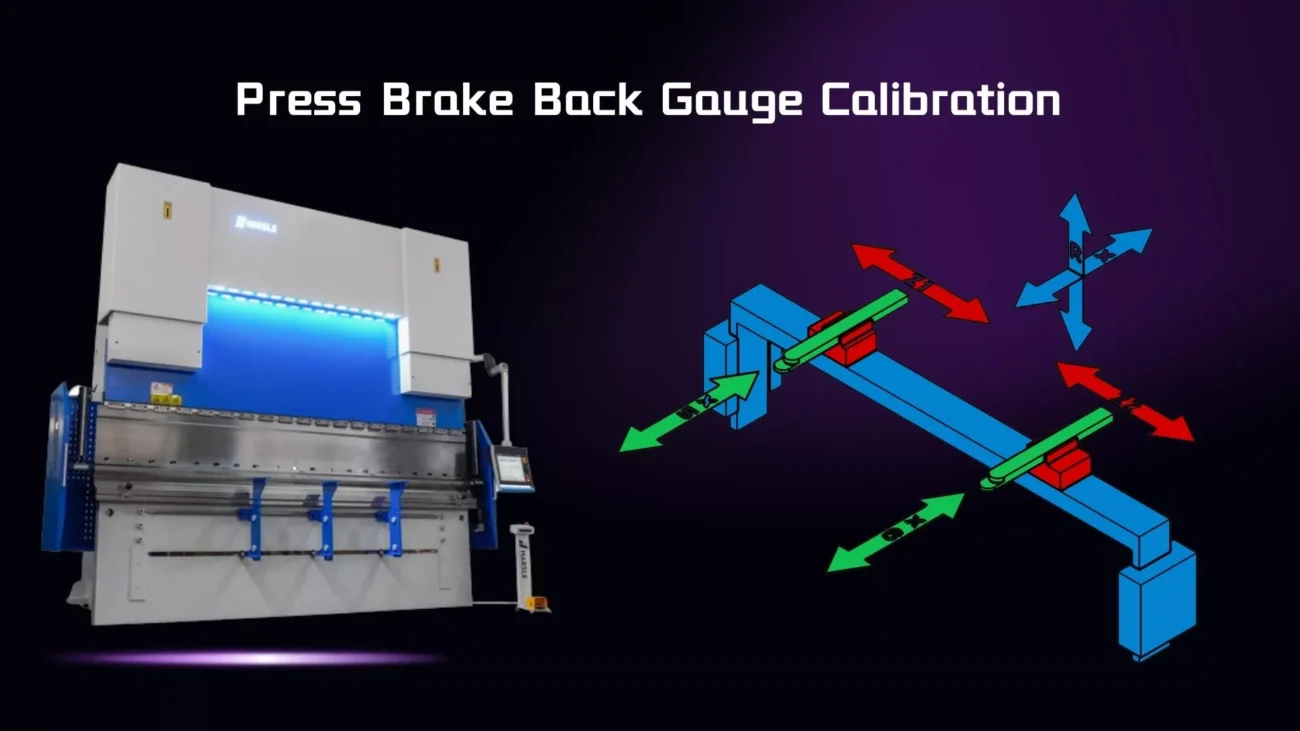How to Adjust a Press Brake BackGauge Easily

Adjust The Press Brake Backgauge
Adjusting the press brake backgauge is a crucial aspect of sheet metal fabrication, as it ensures that the bending process is accurate and consistent. The backgauge is a mechanical device that moves the material to the correct position for bending, and it must be adjusted correctly for each job to achieve precise results. Here are the steps for adjusting the press brake backgauge:
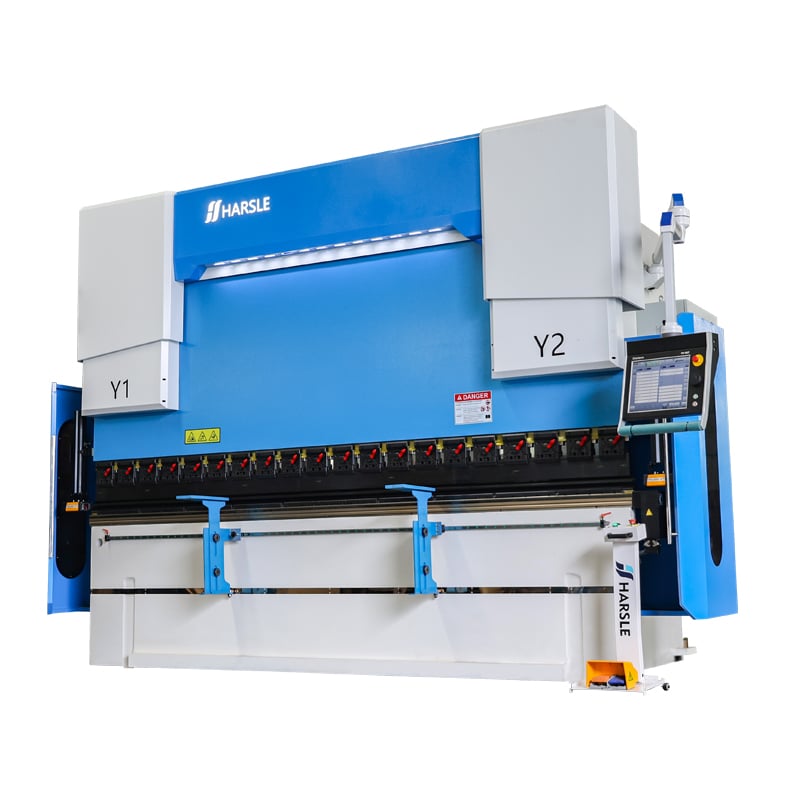
Steps For Adjusting The Press Brake Backgauge
Step 1: Determine the Material Thickness
The first step in adjusting the press brake backgauge is to determine the thickness of the material you will be bending. This is important because the backgauge needs to be set at the correct position for the material thickness to ensure accurate bends.
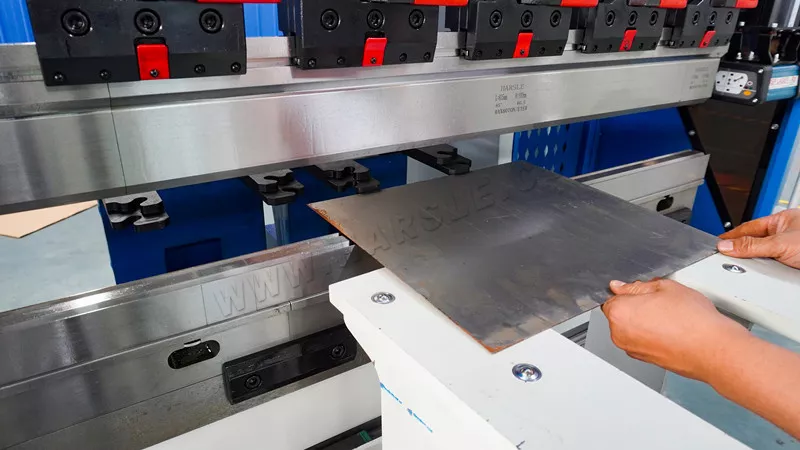
Step 2: Set the Backgauge Depth
Once you have determined the material thickness, you can set the backgauge depth. This is the distance between the backgauge and the bending point of the punch. The backgauge depth can be set using a manual or CNC-controlled system. The backgauge depth must be set to the correct distance for the material thickness being used to ensure accurate bends.

Step 3: Adjust the Backgauge Fingers
After setting the backgauge depth, the next step is to adjust the backgauge fingers. The backgauge fingers are the mechanical devices that hold the material in place during the bending process. They need to be adjusted so that they are in the correct position for the material being used.
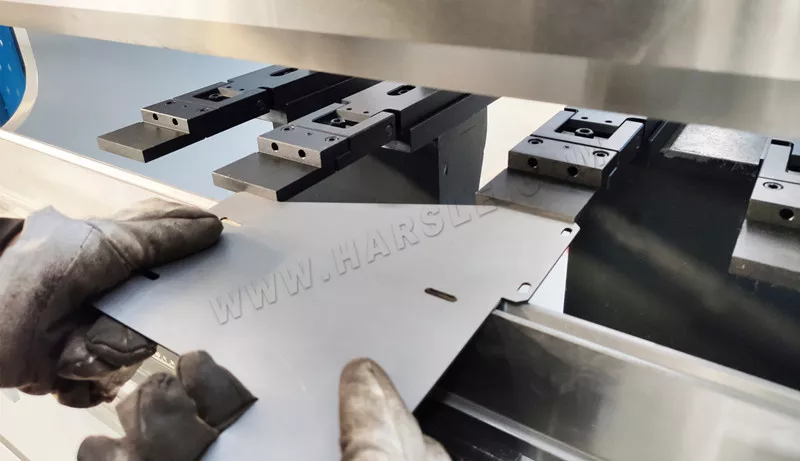
To adjust the backgauge fingers, you need to loosen the bolts that hold them in place and move them to the correct position. The backgauge fingers should be positioned so that they are just touching the material being bent. Once the backgauge fingers are in the correct position, tighten the bolts to hold them in place.
Step 4: Test the Backgauge Position
After adjusting the backgauge fingers, it’s important to test the backgauge position to ensure that it’s set correctly. To do this, you can use a test piece of material and make a bend to check the accuracy of the backgauge position. If the bend is accurate, then the backgauge is set correctly.
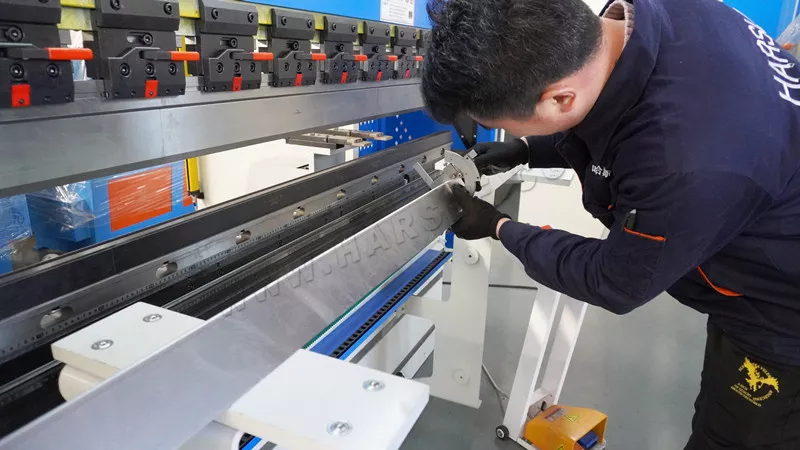
If the bend is not accurate, then you will need to make adjustments to the backgauge fingers and test again until the backgauge is set correctly.
Step 5: Make Final Adjustments
Once you have tested the backgauge position and it’s set correctly, you can make any final adjustments. This may include adjusting the backgauge depth or the backgauge fingers to fine-tune the accuracy of the bending process.
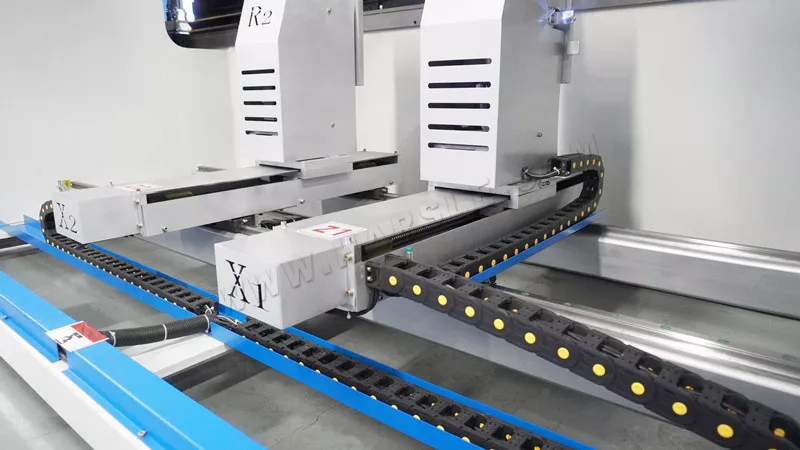
Conclusion
It’s important to note that adjusting the press brake backgauge requires careful attention to detail and patience. It may take several adjustments and tests to get the backgauge set correctly, but the time and effort are worth it to ensure accurate and consistent bends. Additionally, if you’re unsure about how to adjust the backgauge, it’s always best to consult the manufacturer’s instructions or seek the advice of an expert in press brake operation and maintenance.










